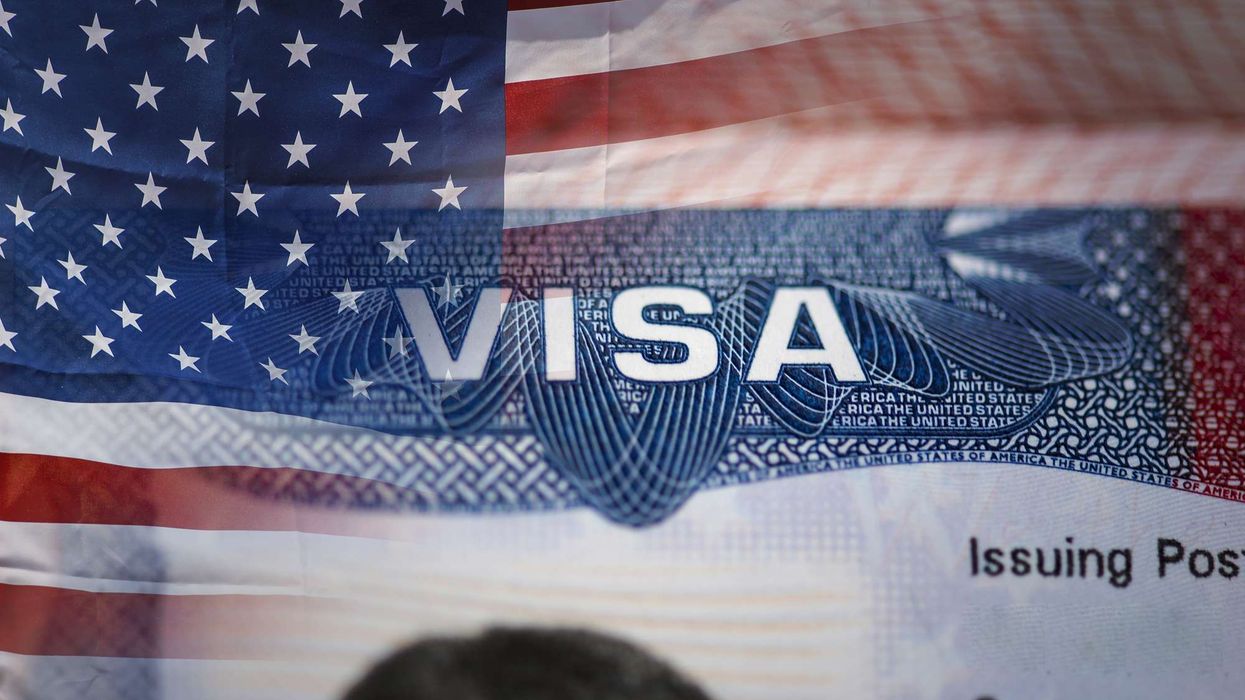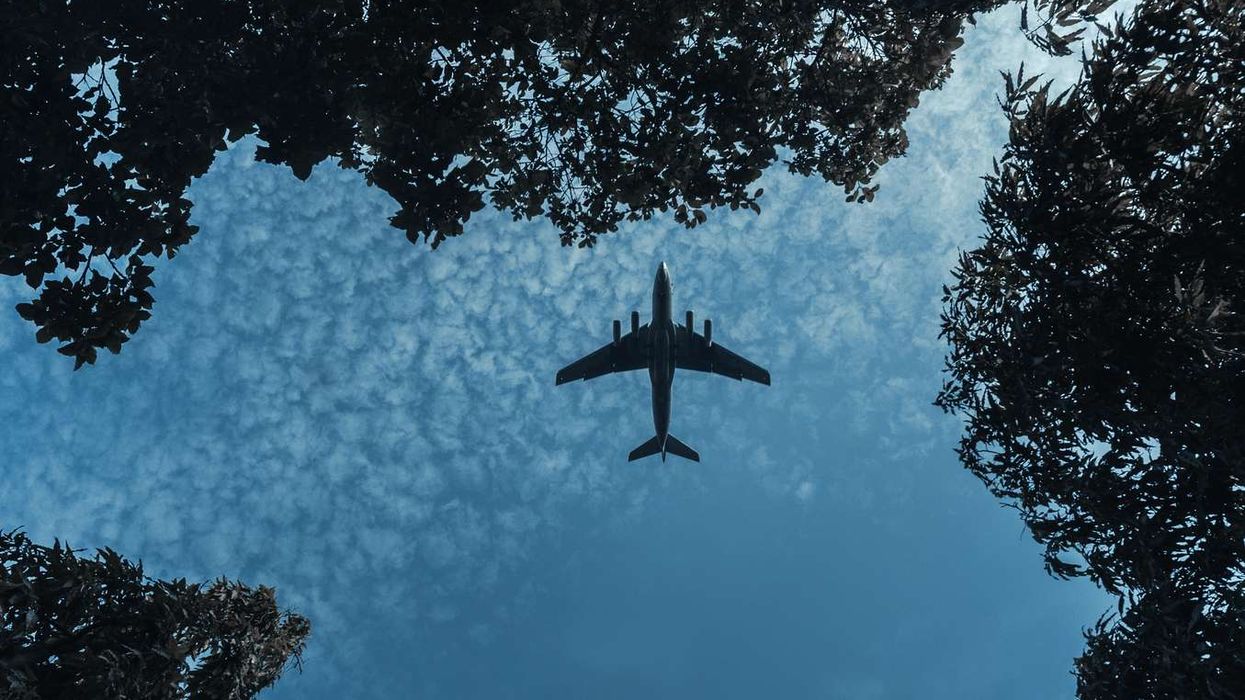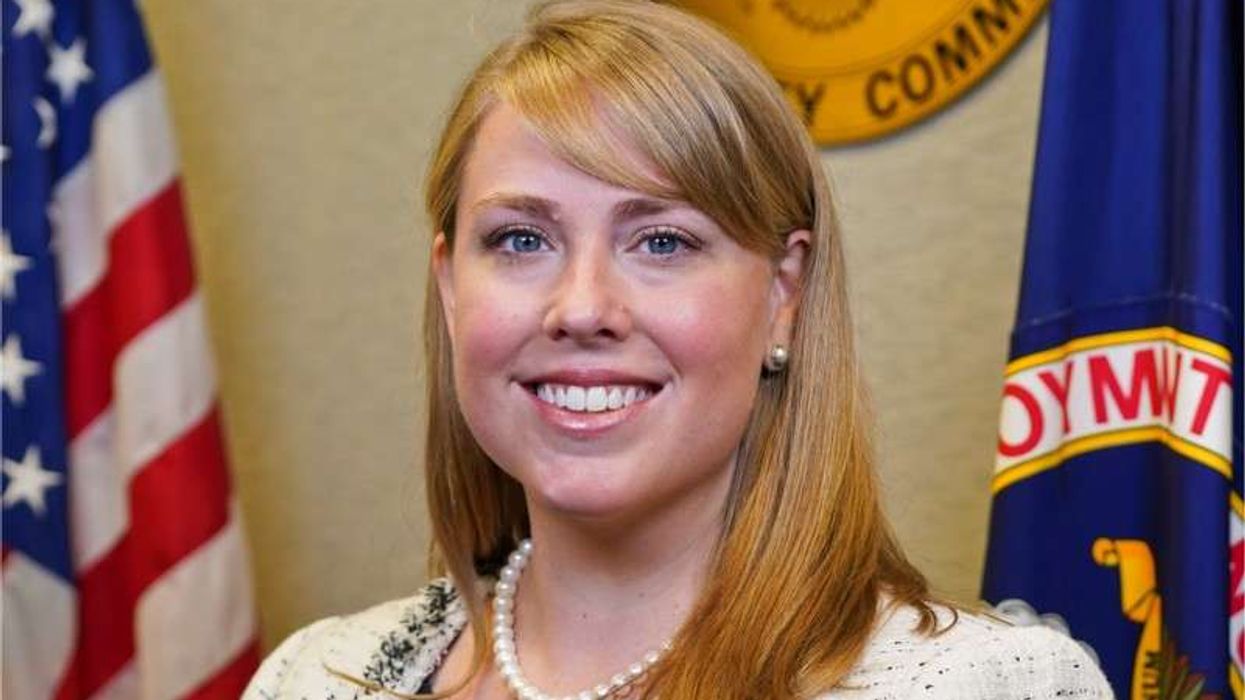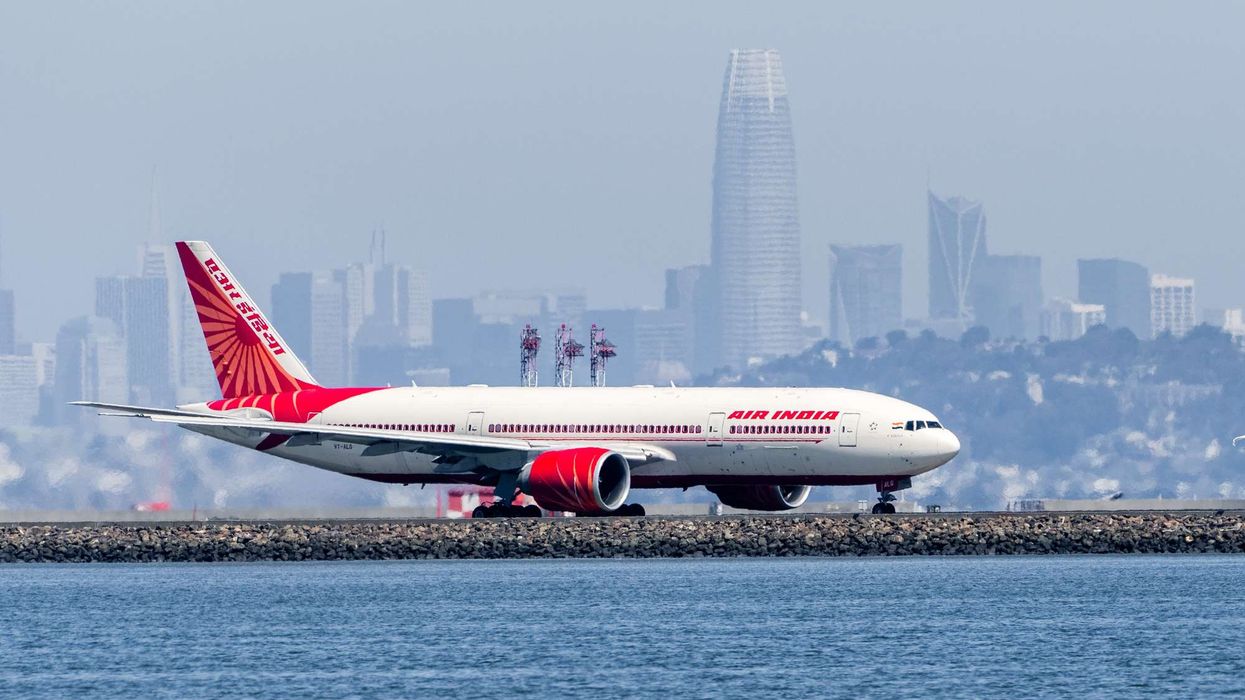Summary:
- U.S. holiday travel is down to 44 percent, led by Millennials and Gen Z.
- Younger consumers are cost-conscious while older generations show steadier travel intent.
- 76 percent of Millennials are likely to use AI for travel recommendations.
NEARLY 44 PERCENT of U.S. consumers plan to travel during the 2025 holiday season, down from 46 percent last year, according to PwC. Millennials and Gen Z lead travel intent at 55 percent each, while Gen X sits at 39 percent and Baby Boomers at 26 percent.
PwC’s “Holiday Outlook 2025” survey found that among those not traveling, about half prefer to celebrate at home and cost concerns affect 43 percent, rising to 50 percent for Gen Z non-travelers. Visiting friends and relatives remains the main reason for holiday travel, cited by roughly 48 percent of those planning trips.
Younger consumers are more cost-conscious, while older generations show steadier travel intent. This split influences travel operators’ planning: younger travelers may require clear value, bundled perks and flexible options, whereas older travelers respond to reliability and convenience. Despite overall spending pressure, travel remains a key priority, reflecting its social and emotional importance during the holidays.
PwC surveyed 4,000 U.S. consumers from June 26 to July 9, with 1,000 each from Gen Z, Millennials, Gen X and Boomers, balanced by gender and region.
Generational spending patterns
Gen Z plans a 23 percent reduction in spending after last year’s 37 percent surge, while Boomers expect a 5 percent increase. Millennials are largely flat, down 1 percent and Gen X edges up 2 percent. Overall holiday spending is down 5 percent, with gift spending falling 11 percent, while travel and entertainment budgets remain stable, increasing 1 percent.
Households with children under 18 plan to spend more than twice as much as households without, averaging $2,349 compared to $1,089, highlighting the focus on family-centered experiences.
For travel and hospitality operators, these patterns suggest stronger conversion potential among older cohorts with steadier budgets and the need for clear value and cost transparency for younger travelers. Consumers are prioritizing experiences and togetherness over material gifts. Flexible fares, transparent pricing and bundled benefits such as Wi-Fi, breakfast, or late checkout can reinforce value and encourage bookings, especially among younger demographics. Gen Z’s pullback makes price-to-experience ratios decisive.
AI, timing and travel strategy
About 76 percent of Millennials say they are likely to use AI agents for recommendations, signaling a shift to “assistant-first” travel discovery. Operators must provide structured, AI-readable content, including route maps, fees, loyalty policies and inventory availability. Brands that do not may be invisible in AI-driven search and recommendation systems.
This year’s late Thanksgiving on Nov. 27 compresses the holiday booking window. Short-haul visiting-friends-and-relatives trips may see bunched reservations, increasing demand for early inventory visibility, simple cancellation policies and accurate last-minute availability. Operators should hold a portion of inventory for late bookings, streamline mobile checkouts and maintain flexible policies to capture last-minute travelers.
Strategies should be generationally targeted. Boomers and Gen X respond to comfort, reliability and multi-generational options, while Millennials and Gen Z require clear value and AI-optimized offers. Focusing on VFR travel through “home for the holidays” packages, flexible dates, partner transport and easy add-on nights can capture demand in key residential hubs.
Despite overall spending declines, travel remains a priority. Operators that deliver transparent value, AI-ready content and offers tailored to each generation can maintain bookings, convert last-minute demand and meet consumers’ evolving holiday expectations.
A TravelBoom Hotel Marketing report found that Americans continue to prioritize travel despite inflation and economic uncertainty, but with greater financial caution. About 74.5 percent plan a summer vacation and 17.5 percent are considering one, showing strong demand linked to careful budgeting.













